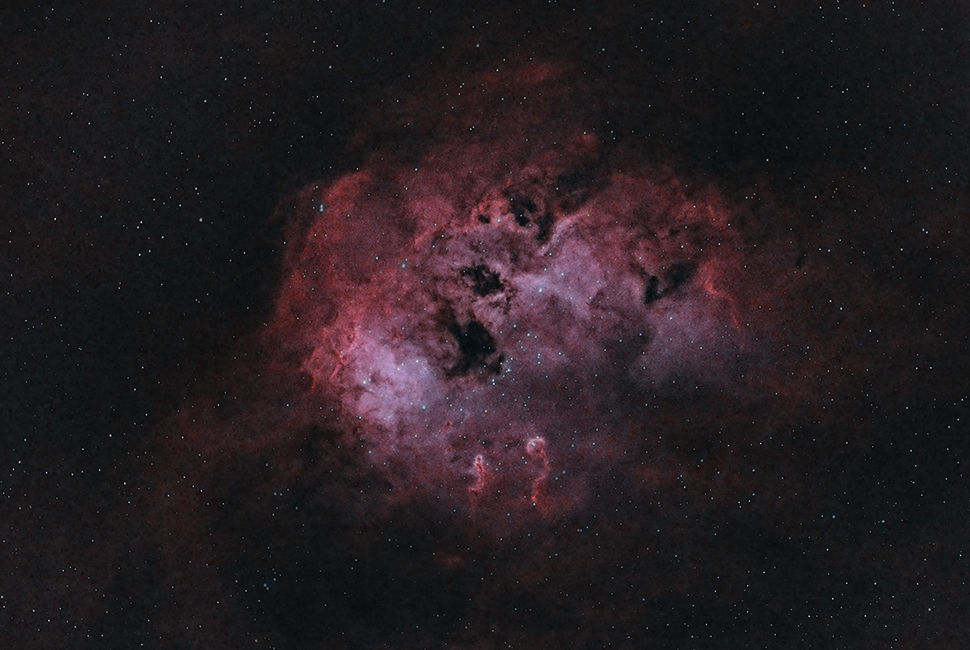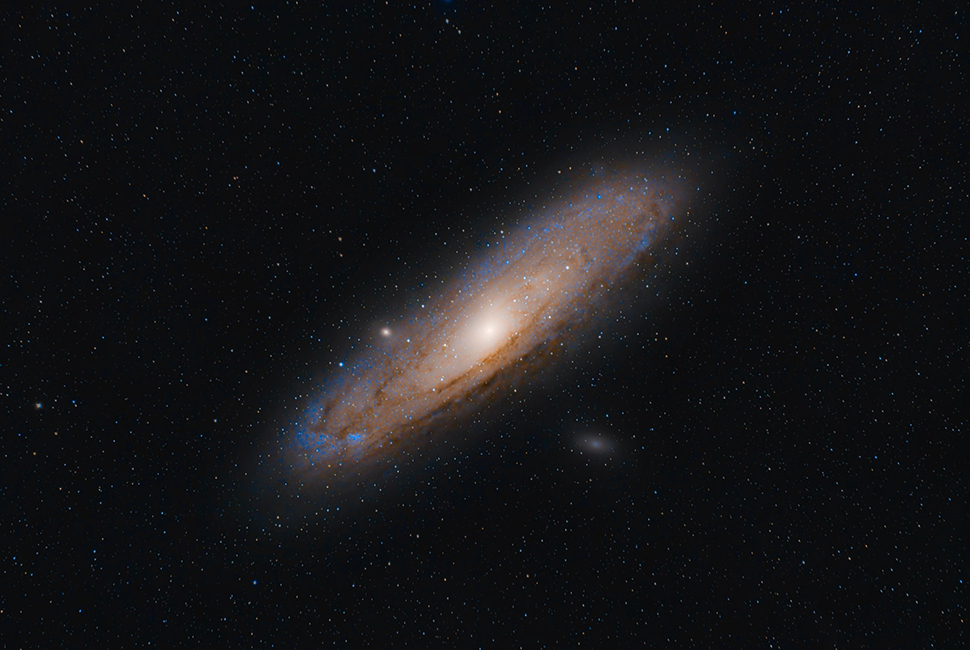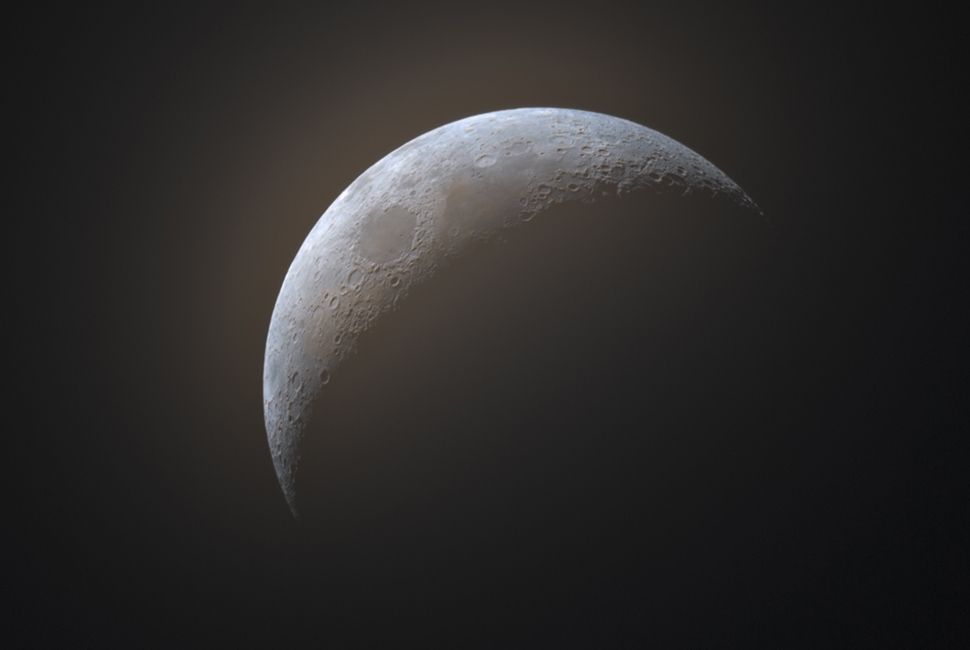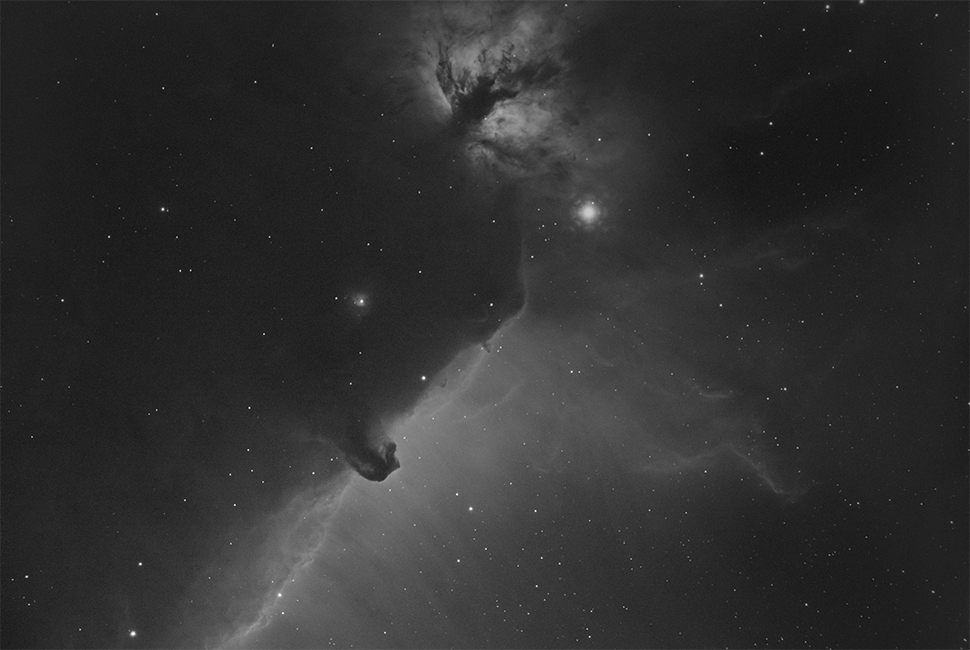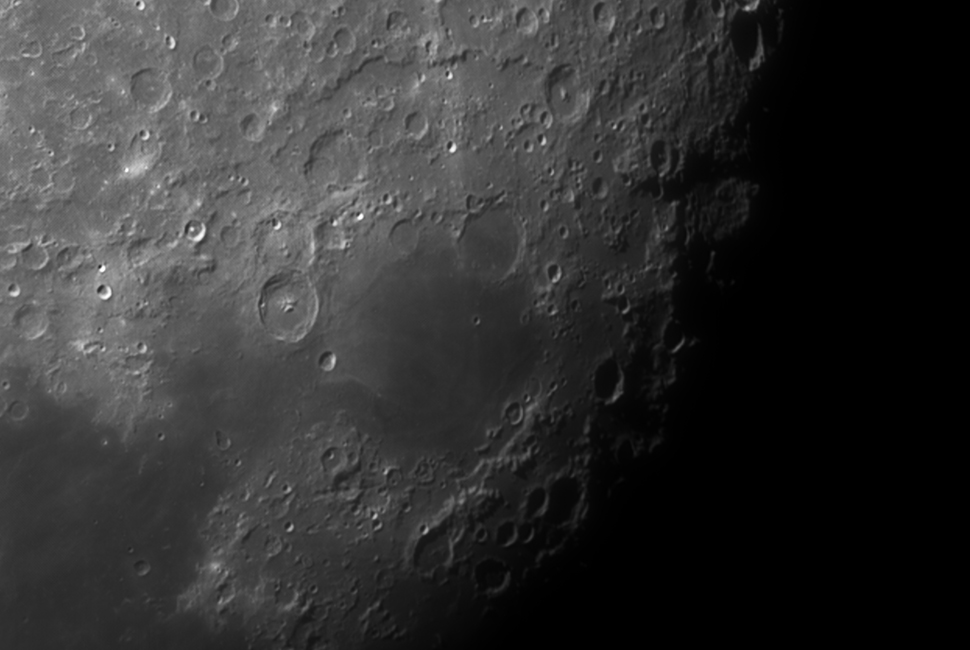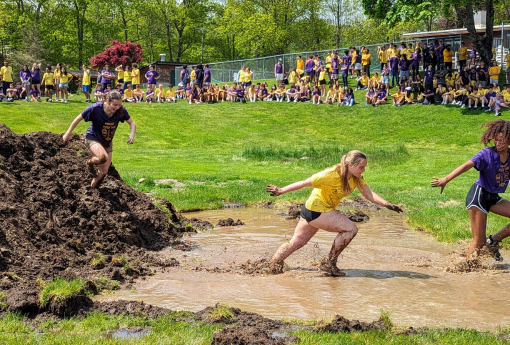
Shooting for the Stars (Literally)
February 3, 2022
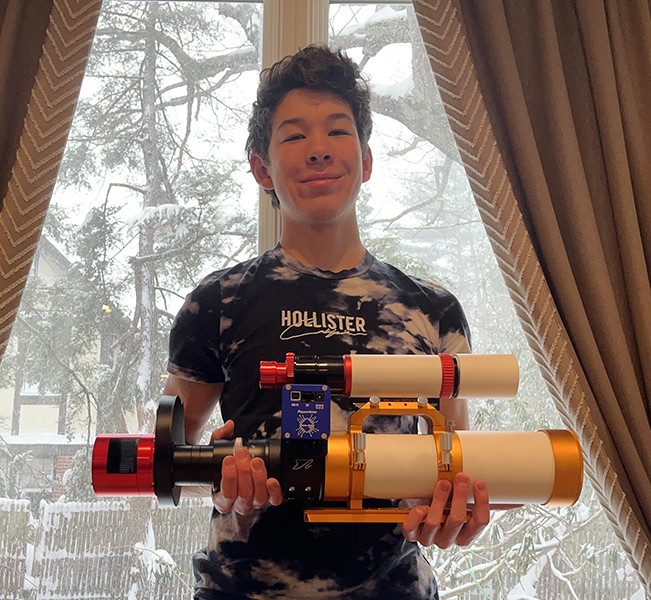
Griffin Haisman ’25’s astrophotography to be featured in new book by The New York Times
For many of us, gazing up at the night sky only lasts for a moment of adoration. For Wheeler 9th-grader Griffin Haisman ’25, however, his eyes–and his photography–remain focused on the stars above. The images he’s captured with his camera have, in turn, captured a great deal of attention, including from The New York Times.
Like many other students, Griffin’s journey in photography started with a smartphone. Having the phone on hand at all times made it easy to take interesting snapshots or cool photos, but he soon wanted to try his hand with a dedicated camera.
“In early 2020 I saw an article online talking about a supermoon coming up, so I asked my mom if I could borrow her camera,” Griffin said. “It was my first time using a real camera, so I had no idea how it worked. With lots of help from my mom, I took photos of the full moon, which got me really excited.”
His interest only ballooned from there, especially when he discovered the potential for photographing things far beyond the moon in the depths of space. On the next clear night, Griffin ventured out with his phone and tripod and attempted to capture an image of the Orion Nebula.
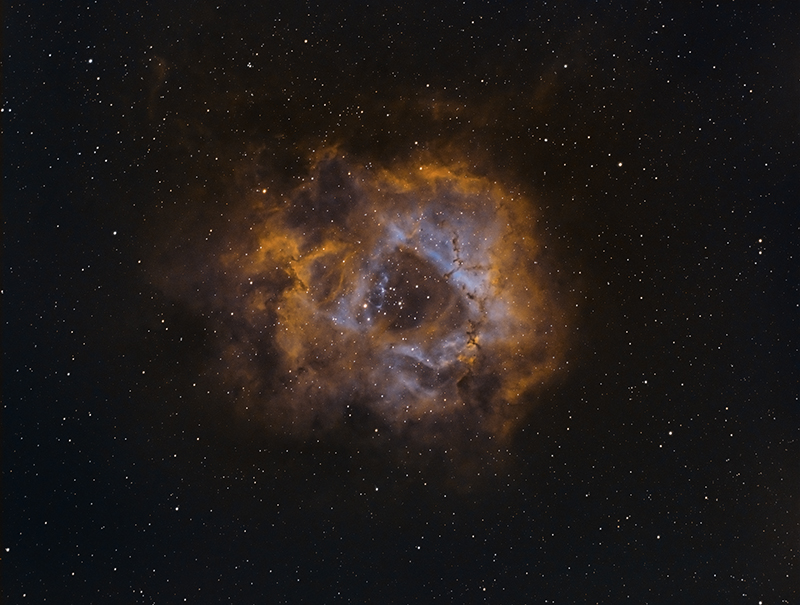
“I captured it successfully, and even though it was just a fuzzy blob in my image, I was happy knowing that what I had photographed was really out there in space,” He said. “From there, things only grew, my passion for astronomy taking off as I improved my skills in both daytime and astrophotography.”
Griffin learned the ins and outs of determining when and where to take photographs of objects in space. Now, when planning to shoot, he consults weather forecasts, the position of the moon, and important days throughout the year and where Earth’s rotation might be facing. He uses a tracking mount to hold his instruments in place and counteract the planet’s rotation, alongside a dedicated astronomy camera, filters that capture colors emitted from specific gasses, a telescope, a tripod, and a computer.
“I believe a few aspects create a great photo,” Griffin explains. “First off, there’s originality. Unique images always impress me the most, and I love it when I see people photograph targets I’ve never seen before. Another thing I look at is how much of the faint details the person has captured in the photo. Very impressive astrophotos contain even the most faint structures and details, such as cosmic dust clouds that are extremely dim.” He also counts natural colors and fine details as other contributors to extraordinary images of space.
As part of a project in his 8th-grade English class at Wheeler, Griffin submitted his astrophotography to The New York Times Learning Network’s “Coming of Age in 2020” Contest, which compiled about 150 art pieces to tell the story of how young people dealt with the ongoing COVID-19 pandemic and accompanying lockdown. At first he didn’t hear back from the Times, but over the next several months, his work started to be noticed in other ways. In March 2021, he was featured in an episode of the Space Junk podcast, highlighting the next generation of amateur astronomers.
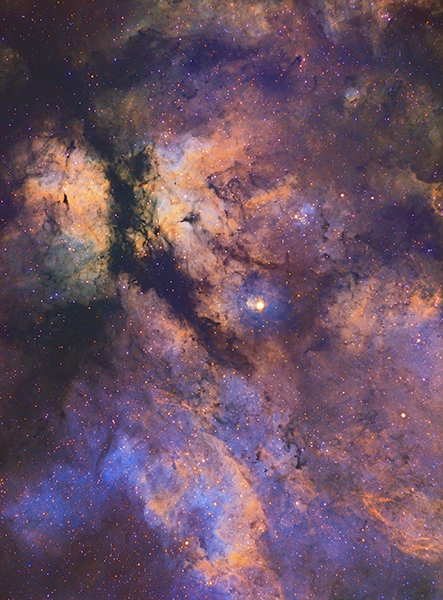
Then, last November, he received word that his “Coming of Age” submission would be included in a book-length version of the project, set for publication later this year. Upon learning that his photography would be included, Griffin was initially confused. Quite some time had passed since the competition submission deadline, and he had not heard of being selected as a semifinalist, let alone a finalist.
“I was both shocked and ecstatic when I read the email informing me about its selection,” He said.
His parents were equally delighted to hear the news, and Griffin said many of the people who know about his photography have also been very supportive. His social media presence has steadily grown, and Griffin’s Instagram account now boasts over 1,300 followers. Their interest helps keep him motivated, and he enjoys answering questions about his astrophotography.
As his work has gained greater recognition, Griffin continues to strive to improve his skills.
“I hope to be able to do photography and astrophotography professionally, as I am very passionate about it, and it’s what I love to do,” he said. “If not in the realm of astrophotography, I still hope to pursue a career path in the aerospace field, with companies such as SpaceX, who are revolutionizing space travel.”
You can travel with Griffin to space by following him, and his astrophotography, on Instagram, @arcturusastro.
